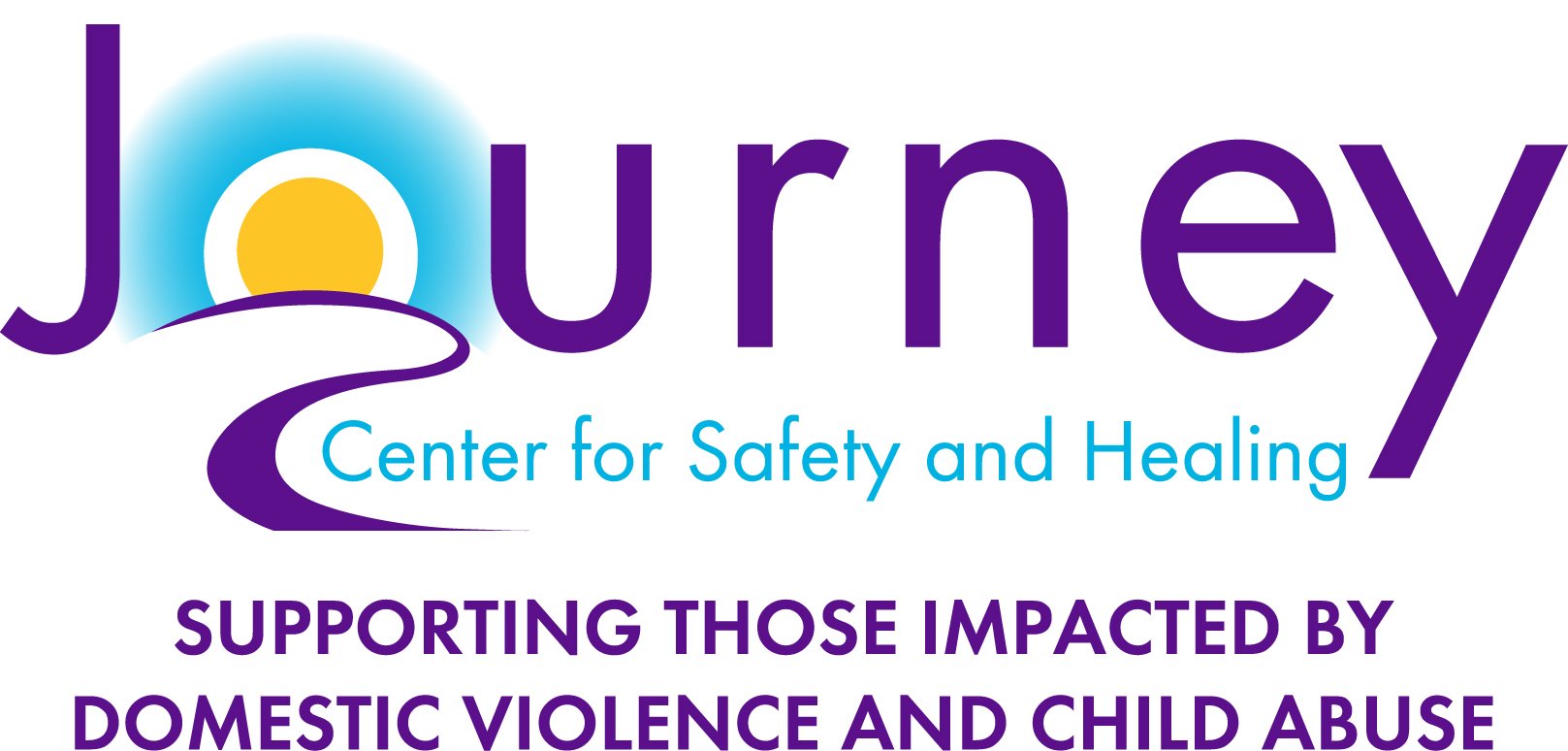Experiencing abuse as a child can have serious, long-term effects on an individual. There are many factors that play into how abuse affects a child including the child’s age and developmental level when the abuse occurred. Children who are abused and neglected may suffer immediate physical injuries such as cuts, bruises, or broken bones. They may also have emotional and psychological problems, such as anxiety or posttraumatic stress.
Read MoreThe first step in helping children who have been abused or neglected is learning to recognize the signs of child abuse. The presence of a single sign does not necessarily mean that abuse is occurring in a family, but a closer look at the situation may be warranted when these signs appear repeatedly or in combination.
Read MoreIf a child you know or care about is experiencing child abuse you may not know what to do or what to say. However, when a child talks to you about the abuse they are facing it is important to listen and to act in a way that supports the child while keeping them protected.
Read MoreEach year, approximately 304 million children between the ages of 3-17 are at risk of exposure to domestic violence. Although many children who experience abuse do not become violent later in life, there is a substantial risk that violence in the family is transferred from generation to generation.
Read MoreChild abuse and neglect are serious public health issues that affect millions of children each year. According to the Centers for Disease Control and Prevention (CDC), at least 1 in 7 children have experienced child abuse or neglect in the past year in the United States.
Read More